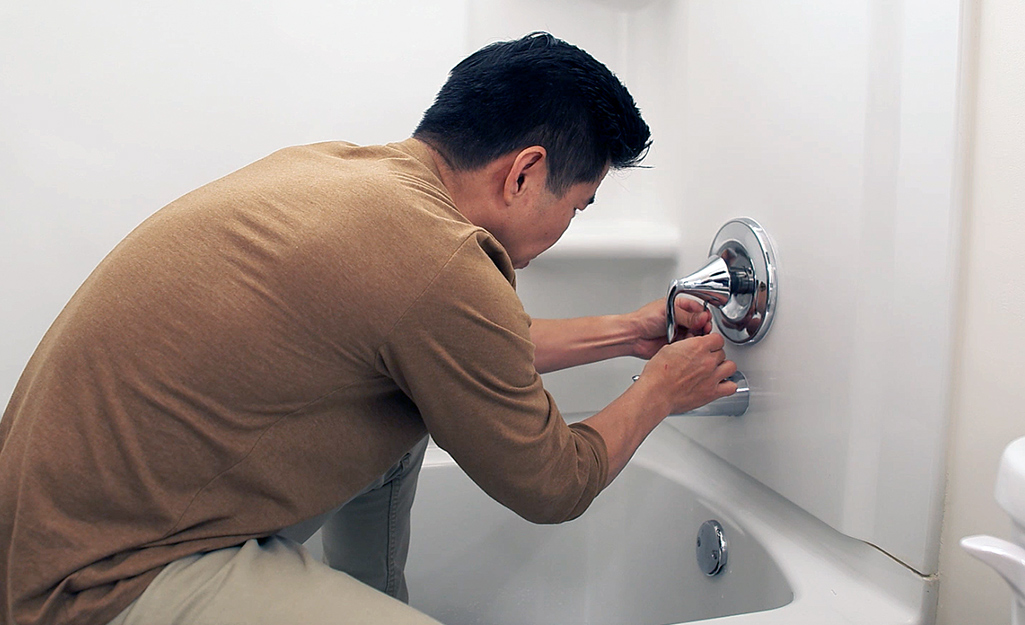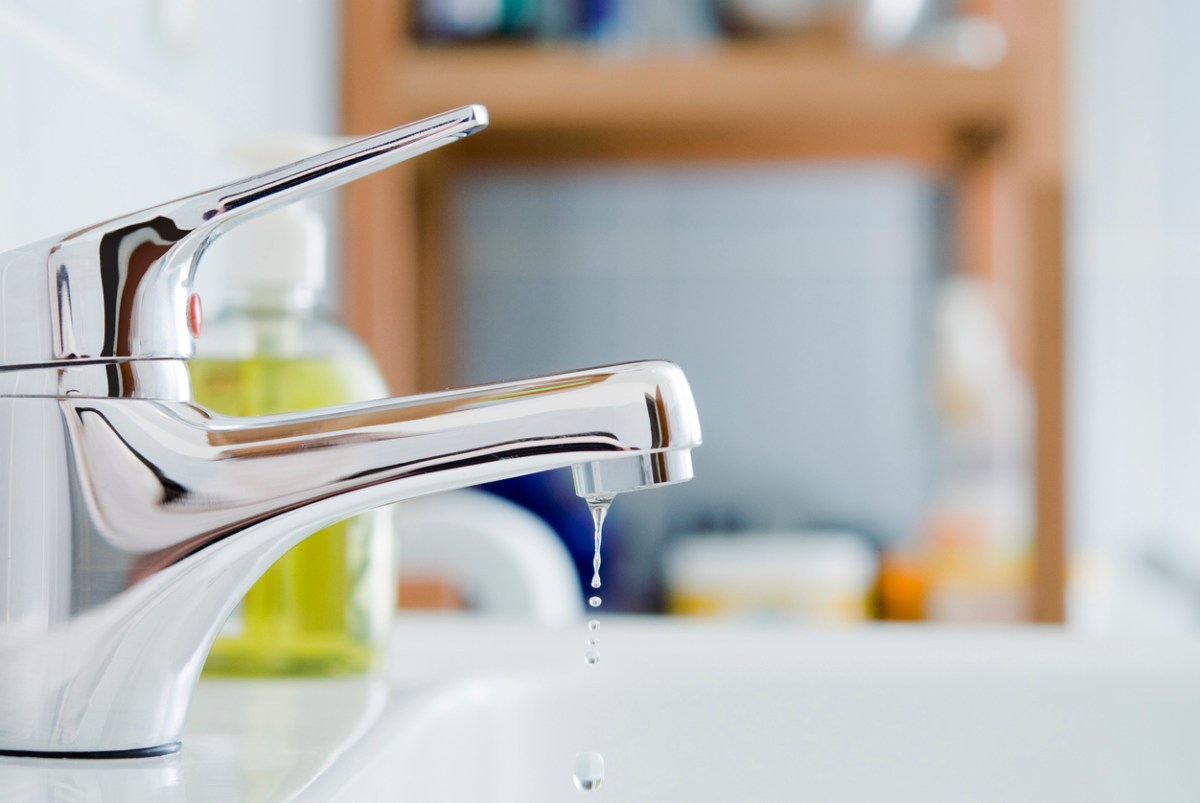Why It's Vital to Fix a Malfunctioning Faucet
Why It's Vital to Fix a Malfunctioning Faucet
Blog Article
Nearly everybody will have their own rationale when it comes to Leaky Faucets: Why They Happen & What to Do About Them.

Trickling faucets may feel like a minor trouble, yet their impact exceeds simply the inconvenience of the noise. From drainage to incurring unnecessary monetary expenses and wellness threats, neglecting a trickling tap can lead to various consequences. In this short article, we'll delve into why it's critical to address this common household problem quickly and efficiently.
Wastage of Water
Ecological Effect
Dripping taps contribute significantly to water wastefulness. According to the Environmental Protection Agency (EPA), a solitary faucet trickling at one drip per second can lose more than 3,000 gallons of water annually. This not just strains water sources but likewise influences communities and wild animals depending on them.
Financial Prices
Increased Water Expenses
Past the ecological influence, dripping faucets can pump up water expenses considerably. The gathered wastage over time translates into higher energy expenses, which might have been stayed clear of with timely fixings.
Potential Property Damage
Additionally, prolonged dripping can cause harm to components and surface areas bordering the tap. Water accumulation can cause staining, rust, and also architectural concerns if left unattended, resulting in additional repair work costs.
Health and wellness Concerns
Mold And Mildew and Mildew Development
The consistent presence of dampness from a leaking tap develops a suitable atmosphere for mold and mildew and mildew development. These fungi not just compromise interior air quality however also present health dangers, specifically for individuals with respiratory system problems or allergies.
Waterborne Illness
Stationary water in dripping faucets can come to be a breeding place for bacteria and other microorganisms, boosting the threat of waterborne conditions. Contaminants such as Legionella bacteria flourish in stagnant water, potentially resulting in severe health problems when consumed or inhaled.
DIY vs. Expert Repair work
Advantages and disadvantages of Do It Yourself Fixing
While some might attempt to repair a dripping tap themselves, do it yourself repair services come with their own collection of difficulties. Without proper expertise and tools, DIY attempts can aggravate the problem or lead to insufficient repair work, lengthening the issue.
Benefits of Employing a Professional Plumber
Employing a professional plumber makes sure that the underlying cause of the trickling faucet is resolved efficiently. Plumbers possess the experience and equipment to detect and fix faucet issues successfully, conserving time and reducing the risk of more damages.
Step-by-Step Guide to Dealing With a Dripping Tap
Tools Called for
Before attempting to take care of a leaking tap, gather the necessary devices, including a flexible wrench, screwdrivers, replacement components (such as washers or cartridges), and plumber's tape.
Usual Faucet Issues and Their Solutions
Determine the sort of faucet and the details issue triggering the drip. Usual problems consist of damaged washers, corroded shutoff seats, or defective O-rings. Describe supplier instructions or on the internet tutorials for detailed advice on repairs.
Preventive Measures
Routine Upkeep Tips
To stop trickling faucets, perform regular upkeep such as cleaning up aerators, inspecting for leaks, and replacing worn-out parts quickly. Additionally, think about installing water-saving tools or updating to extra reliable fixtures.
Importance of Prompt Repairs
Resolving leaking taps as quickly as they're discovered avoids further water wastage and possible damages, ultimately saving both water and cash over time.
Impact on Home Value
Understanding of Well-Maintained Residential Or Commercial Property
Keeping a property in good condition, consisting of addressing upkeep issues like leaking taps, improves its regarded value and charm among prospective customers or tenants.
Impact on Resale Value
Features with well-kept plumbing components, consisting of faucets, command higher resale values in the property market. Addressing dripping faucets can add to a favorable impact during residential property examinations and negotiations.
Environmental Responsibility
Individual Contribution to Conservation
Taking responsibility for repairing dripping faucets aligns with broader efforts towards water preservation and ecological sustainability. Every person's activities collectively make a considerable impact on preserving priceless sources.
Sustainable Living Practices
By prioritizing punctual fixings and embracing water-saving practices, individuals add to lasting living methods that benefit both existing and future generations.
Final thought
Addressing a trickling faucet surpasses simple convenience; it's a necessary step towards conserving water, lowering financial prices, and protecting health and residential property. Whether through do it yourself fixings or expert aid, doing something about it to deal with leaking taps is a tiny yet impactful method to advertise accountable stewardship of resources and contribute to a healthier, more lasting future.
How to Fix a Leaky Faucet: Step-by-Step Repair Guide
A leaky faucet may seem like a simple annoyance, but if it's not fixed promptly, that leak could cost hundreds to potentially thousands. From water damage to mold, mildew, and high water bills, even a tiny leak can be catastrophic if left unattended. Damage like this can even affect the overall value of your home, so it's important to take the right approach for leaky faucet repair. You may need the help of a plumber in some cases, but we've got a few tips you can try on how to fix a leaky faucet before calling the pros.
Four Faucet Types
When you're learning how to fix a leaky faucet, the first step is knowing what kind of faucet you're working with! There are four common types.
Cartridge Faucets
Cartridge faucets come in one- or two-handled varieties. In one-handled cartridge faucets, hot and cold water combines in a single cartridge. In the two-handled versions, hot and cold water are controlled separately and mixed in the faucet.
Ball Faucets
Ball faucets have a single lever you push up and down to adjust the pressure and rotate to change the temperature. A slotted metal ball controls the amount of water allowed into the spout.
Compression Washer Faucets
They're the oldest type of faucet, but they're still used in many homes — especially older ones. Compression faucets have two separate handles that, when turned, raise or lower the washer that seals a water valve. This valve stops water from flowing through the faucet when it is turned off.
Disc Faucets
Disc faucets rarely need to be repaired due to their maintenance-free design. The water flow is controlled by two discs — the upper one raises and lowers against a fixed lower disc, creating a watertight seal. If your disc faucet starts leaking, you may need to replace the seals or clean residue buildup from the inlets.
Fixing a Leaky Faucet
Step 1: Turn Off the Water
Whether you're learning how to fix a leaky bathtub faucet or how to fix a leaky kitchen faucet, always turn off the water supply to your working area when you're fixing a leak. The last thing you want is a flood added to your list of things to fix.
Look for the shutoff valves below your sink or around the tub and turn them clockwise to stop the water flow. If your faucet doesn't have shutoff valves, you may need to turn off the water for the whole house. Check to make sure it's off by turning the faucet on. If nothing comes out, you're ready to start the repair.
Step 2: Take Apart the Faucet
How you disassemble your faucet depends on the type of fixture you have. You can use a flathead screwdriver to remove the caps on top of the handle or handles for cartridge and compression faucets. Inside, you should see handle screws. Unscrew these with a screwdriver to remove the handle.
Disc- and ball-style faucets will typically have an inlet screw near the handle, and removing that will reveal the interior of the faucet.
Detach the Valve Stem
For cartridge- and compression-style faucets, you'll see the inner valve stem or cartridge once you remove the faucet handles. If you have a compression faucet, unscrew the brass valve stem. If you have a cartridge faucet, pull out the cartridge. If your cartridge has been in place for a while, it may require some tools or extra force to remove it due to mineral deposits.
Examine and Replace Parts
Once you've removed the parts, check them out to confirm what needs to be replaced. You may see corroded rubber washers, O-rings, stems, or cartridges. On a ball-style faucet, check the seats and springs for damage.
If you need to repair a leaky disc faucet, check the inlet and seals on the lower disc.
Once you determine what parts must be replaced, visit your local hardware store. Bring the damaged parts with you to ensure you can purchase the correct components to replace them.
Clean Valves and Faucet Cavity
If you've removed a stem or cartridge, you may notice mineral buildup in the faucet's threads. Use white vinegar to clean the valve seat by soaking it for a few minutes, then scrub it away with a soft toothbrush and rinse with warm water. You can also clean the interior of the faucet in the same way.
Reassemble the Faucet
Once your faucet is cleaned and the required parts have been replaced, it's time to reassemble it. Put the pieces back together and slowly turn the water supply back on. Doing this slowly is crucial because too much initial water pressure can damage the new hardware you've just installed.
https://homewarranty.firstam.com/blog/how-to-fix-leaky-faucet

I was made aware of that report on Why Are My Faucets Dripping (And Can I Fix It Myself)? through an acquaintance on another web blog. In case you enjoyed reading our blog posting if you please don't forget to share it. We thank you for your readership.
Report this page